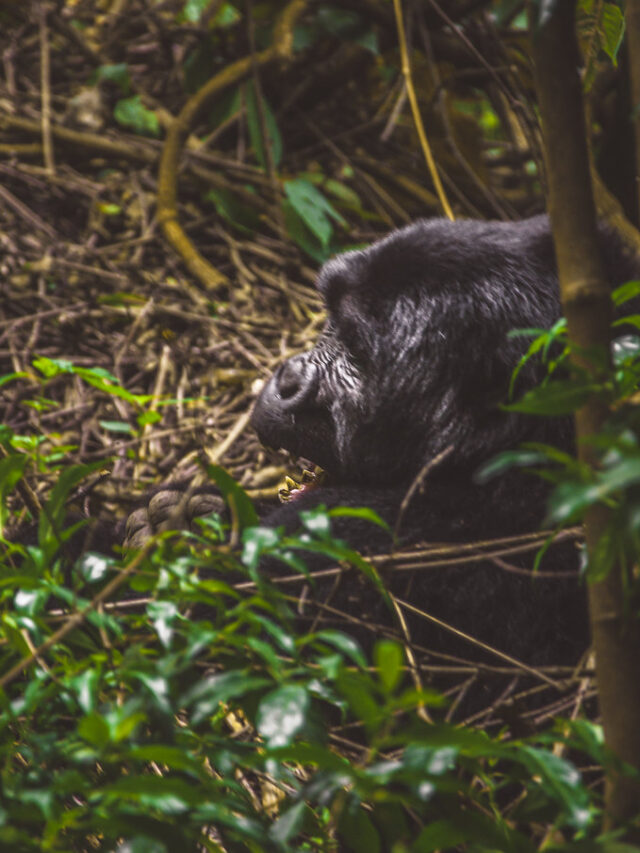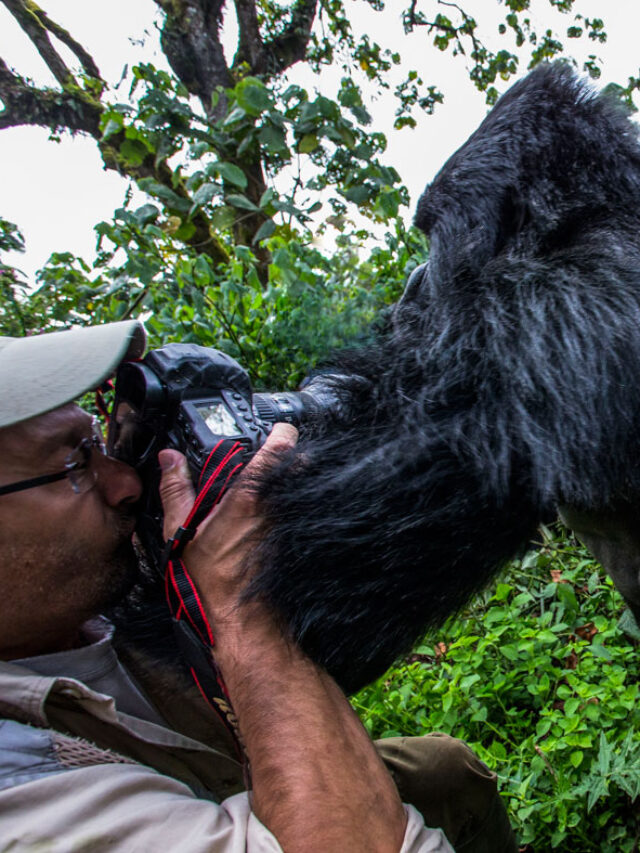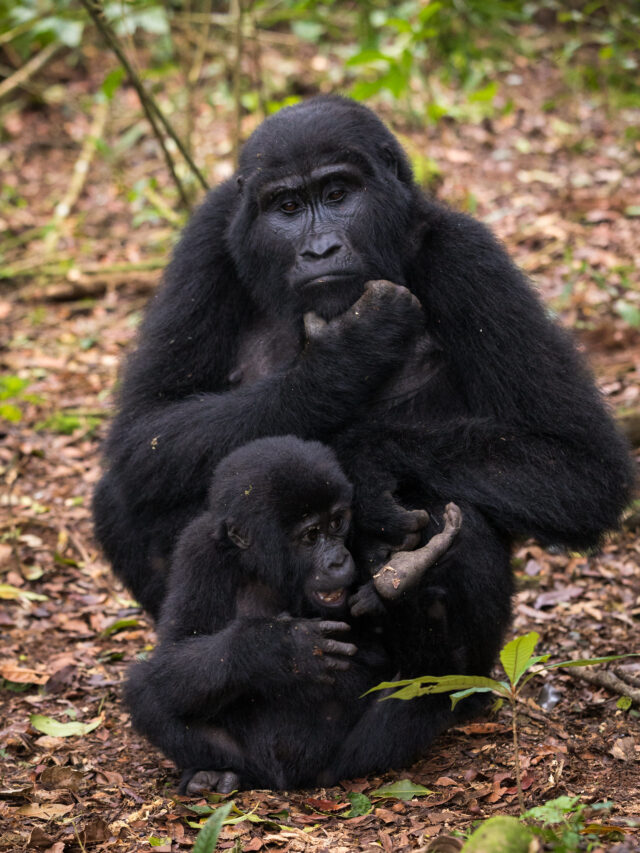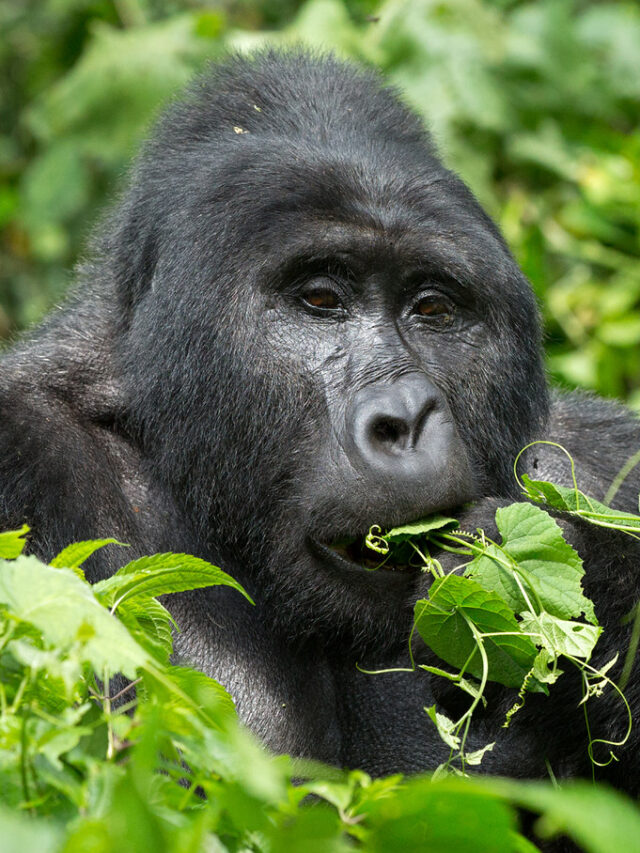Kyambura Wildlife Reserve: The Lost Valley of Uganda’s Hidden Primates
A Hidden Gorge Where Nature’s Secrets Whisper Through the Trees
Tucked away like a well-guarded secret in western Uganda, the Kyambura Wildlife Reserve lies just east of the famed Queen Elizabeth National Park. But unlike the open savannahs and crater-studded plains of its neighbor, Kyambura offers something far more mysterious—a deep gorge carved by the Kyambura River that splits the landscape like a forgotten world, where every turn unveils a tapestry of ancient forest, echoing bird calls, and primates that leap through the treetops like spirits of the wild.
This unique reserve spans approximately 156 square kilometers, with its most iconic feature being the Kyambura Gorge—a striking 100-meter-deep chasm often called the “Valley of the Apes.” The gorge slices dramatically through the savannah, harboring a lush underground forest that provides refuge for wildlife, most notably a small but resilient group of chimpanzees. But Kyambura is more than just a gorge; it is a vital extension of Queen Elizabeth’s ecosystem, acting as a biodiversity bridge between the Kazinga Channel and the eastern grasslands.
The Enchantment of the Kyambura Gorge
Descending into Kyambura Gorge is like entering another realm. One moment you stand atop dry savannah plains; the next, you’re swallowed by a thick, emerald forest that hums with birdlife and crackles with primate chatter. The gorge runs approximately 11 kilometers long and up to 100 meters deep in places, fed by the Kyambura River that snakes through it, nurturing the rich vegetation within.
This gorge forest is a primatologist’s dream. It is home to chimpanzees, black-and-white colobus monkeys, red-tailed monkeys, olive baboons, and vervet monkeys, among others. The chimps here have been habituated for tourism and research, though their movements are wild and unpredictable, which makes every encounter feel hard-earned and unforgettable. Visitors often describe the experience as spiritual—a literal descent into an untouched Eden teeming with life.
But primates aren’t the only draw. The gorge is also home to over 200 species of birds, including African finfoots, blue-headed bee-eaters, falcons, hornbills, and the elusive shoebill stork that sometimes frequents the wetlands nearby. Birdsong accompanies each step through the gorge, and the thick canopy above occasionally parts to reveal shafts of sunlight that filter through like golden mist.
A Sanctuary Between Threats
What makes Kyambura Wildlife Reserve so ecologically valuable is not only its biodiversity but also its position within the larger Queen Elizabeth Conservation Area. As human activity increasingly pressures protected lands, Kyambura plays the role of buffer zone—absorbing development pressure and offering a sanctuary for wildlife displaced by habitat loss elsewhere.
The surrounding landscape, once dominated by wildlife corridors, has been steadily transformed by agriculture, settlement, and tourism infrastructure. But Kyambura Gorge persists like a last refuge—a remnant of the forest that once stretched across western Uganda. This has made conservation within the gorge even more critical, especially for the chimpanzee population, which is now isolated from other groups due to human encroachment. These chimps have had to adapt in unique ways, and researchers studying their behavior note fascinating changes in how they interact, forage, and respond to their shrinking environment.
The Uganda Wildlife Authority, in partnership with conservation groups, has been working to protect the reserve through community engagement, controlled tourism, and education programs that promote the importance of habitat preservation. Kyambura’s survival hinges not only on tourist visits but also on the collective efforts of neighboring communities and national protection strategies.
An Intimate Trekking Experience Few Have the Privilege to Take
Unlike the busy gorilla trails of Bwindi or the open game drives of Murchison Falls, the experience at Kyambura is intimate, contemplative, and personal. Chimpanzee tracking is the highlight of any visit, but it is no guaranteed affair. The chimps are wild, mobile, and elusive. This makes each successful encounter feel all the more meaningful. Rangers guide small groups deep into the gorge, navigating tangled vines, slippery riverbanks, and thick undergrowth.
When you find the chimpanzees—if you find them—you may hear them before you see them: their hoots, screeches, and branch-thumps echo through the forest. Then, perhaps with a bit of luck, they reveal themselves—swinging in the canopy, grooming one another, or watching curiously from a fig tree perch. There’s something undeniably humbling about meeting our closest relatives in such a wild and unforgiving environment.
For those seeking more than primates, the gorge offers opportunities for guided nature walks, forest bathing, birdwatching, and photography. The dry seasons from June to September and December to February offer the best accessibility, although the gorge remains lush and magical year-round.
The Future of Kyambura: Can It Be Saved?
Kyambura Wildlife Reserve represents one of the most fragile pieces of Uganda’s natural heritage. With its chimpanzee community now isolated, the long-term survival of this population is uncertain unless action is taken to reconnect fragmented habitats or to further protect the remaining forest. The reserve needs not just protection, but reinvestment, education, and ecotourism that uplifts rather than exploits.
Visitors who choose to trek here not only witness one of Uganda’s most extraordinary landscapes, but also support efforts to keep the reserve alive. Revenue from chimpanzee permits goes directly into maintaining patrols, paying rangers, and funding community awareness initiatives. Every step into the gorge is both a journey into the wild and an act of conservation.
A Wilderness Like No Other
Kyambura Wildlife Reserve may not offer sweeping plains filled with lions or herds of elephants, but what it delivers is far rarer: mystery, depth, and the quiet awe of discovery. It is a land of contrasts—the arid savannahs above and the green cathedral of forest below. It is a place where the wild still whispers secrets to those willing to listen.
In a world growing louder and faster by the day, Kyambura remains a sanctuary of stillness and subtlety—a gorge that holds within its depths a microcosm of life, struggle, beauty, and hope. It doesn’t shout for attention. It waits. And for those who answer its call, the reward is unlike anything else in Uganda.











